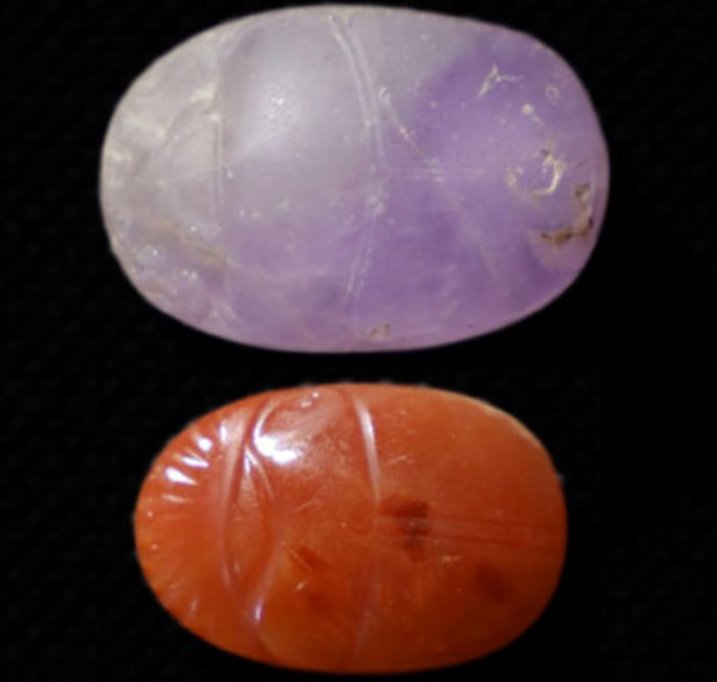Conny Waters – AncientPages.com – The Egyptian-American archaeological mission has achieved a significant breakthrough in the South Asasif necropolis near Luxor.
Image credit: South Asasif Conservation Project
They have uncovered the first tomb from Egypt’s Middle Kingdom era in the Asasif region. This discovery includes a collection of artifacts and sealed burials that date back nearly 4,000 years, providing valuable insights into ancient Egyptian history and culture.
This remarkable discovery, featuring numerous undisturbed burials of men, women, and children preserved for millennia, is a compelling addition to our historical knowledge.
Image credit: South Asasif Conservation Project
Unearthed during restoration efforts on the southern side of the tomb of Karabasken (TT 391), a 25th Dynasty official, this find significantly enhances our understanding of the Middle Kingdom’s presence in Thebes. Such an important archaeological breakthrough offers invaluable insights into ancient civilizations and their enduring legacies.
Mohamed Ismail Khaled, the secretary-general of the Supreme Council of Antiquities (SCA), emphasizes the significance of this discovery.
It alters our understanding of the historical context of the Asasif necropolis, elevating it to one of the notable cemeteries from the Middle Kingdom period.
“This discovery will also deepen our understanding of burial practices and rituals in Thebes during this era,” Khaled noted.
Image credit: South Asasif Conservation Project
The discovery of eleven individual burials containing skeletal remains within the tomb invites reflection on its historical significance. This finding suggests that the tomb served as a family resting place, utilized across generations during the 12th and early 13th Dynasties.
One of the most compelling aspects of this discovery is the collection of jewellery found with the women, along with a fascinating array of unique artefacts that likely date back to the early 12th Dynasty.
Despite some burials showing extensive damage from ancient floods, which unfortunately destroyed wooden coffins and linen wrappings, the artefacts that survived provide a rare glimpse into history.
However, more durable materials, like jewellery and pottery, were remarkably well preserved, maintaining their original placement among the remains.
Image credit: South Asasif Conservation Project
Hisham El-Leithy, head of the Egyptian Antiquities Preservation and Documentation Sector, makes a compelling case for the significance of their recent discoveries.
The team has unearthed an exquisite collection of jewellery that includes a one-of-a-kind necklace featuring 30 amethyst beads and two cylindrical agate beads surrounding a hippo-head amulet. This remarkable find is complemented by rings, bracelets, and chains crafted from red agate, blue and green faience, and stone inlays—all embellished with intricately designed animal-shaped amulets.
Catherine Blakeney, the leader of the American contingent of the mission, disclosed that two of the burial sites contained rare copper mirrors.
Image credit: South Asasif Conservation Project
One mirror featured a handle designed in the shape of a lotus flower, while another depicted the goddess Hathor with four faces bearing a stern expression.
Among the unique items are copper ingots, a small fertility figurine featuring black-painted hair and detailed jewelry, and a square offering table adorned with carvings of a bull’s head, bread, and various other offerings.
The mission is set to press on with excavations in the area, driven by the promise of uncovering even more fascinating insights into the mysteries of this ancient Middle Kingdom tomb.
Written by Conny Waters – AncientPages.com Staff Writer






